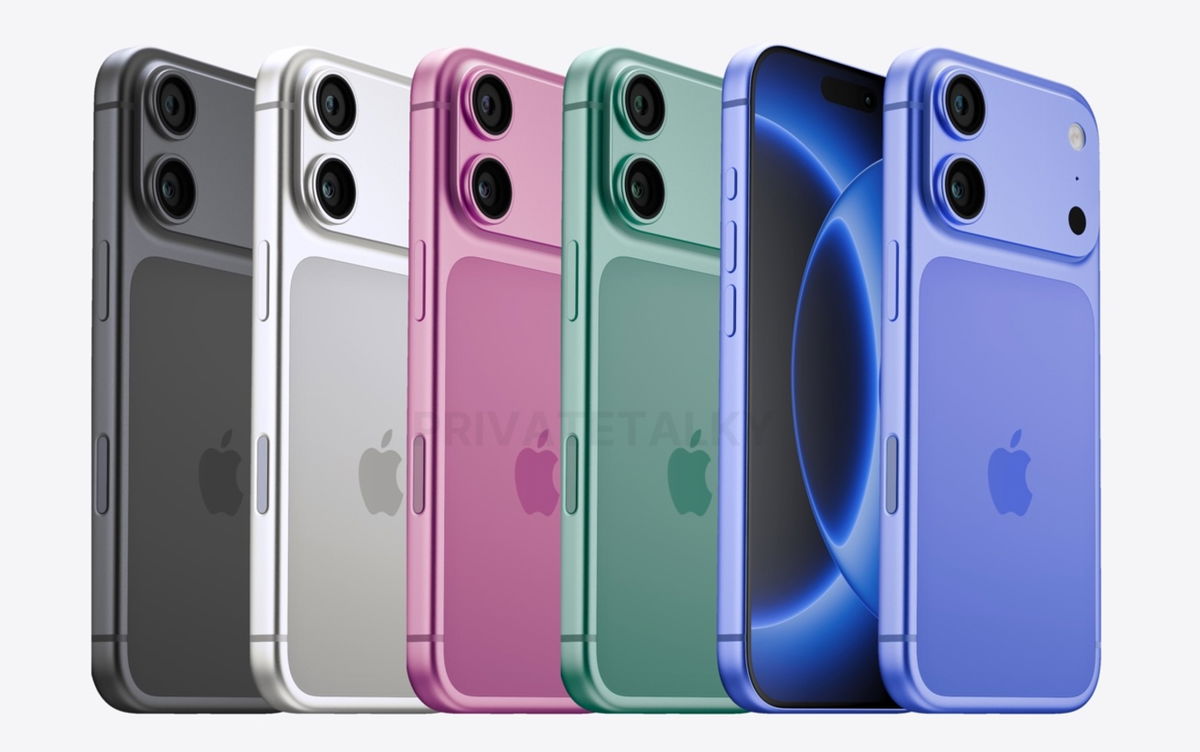Every year, the tech world pauses for a moment to watch the launch of new flagship phones. Apple, Samsung, Google and other industry giants unveil their latest models at major events and marketing campaigns that generate hype (and memes about how similar they are to the previous model). But after all this noise, the inevitable question arises: do we really need new flagship phones every year, given that the differences between generations are usually minimal?
What happened to innovation in smartphones?
To understand the current context, it is useful to look back. Ten years ago, every smartphone release brought revolutionary advancements: sharper touchscreens, amazingly capable cameras, and operating systems that changed the way we interact with technology. Today, however, it seems that phones have reached a point of technological maturity. Improvements still exist, but they are minor and often unnoticeable to the average user.
Recommended Videos
A striking example is folding phones. Although they are one of the most exciting innovations of recent years, their adoption remains slow. According to TrendforceFoldable device shipments reached 17.8 million units in 2024, representing just 1.5% of the smartphone market. Despite the high rate of renovations and associated costs, their market share is projected to grow to 4.8% by 2028. This shows that even when there are interesting achievements, they do not always manage to attract mass attention.
So why do we still see annual releases?
Despite the lack of significant changes, companies continue to use annual release cycles for several reasons.
1. Consumer purchasing cycles
According to SellCellmost people change their phone every 2 or 3 years. For those with a three-year-old model, the improvements in the latest version may seem significant. While someone with a Galaxy S23 may not see the need to upgrade to the S24, someone with a Galaxy S21 may feel the difference in performance, cameras, and battery.
2. Growing demand for premium phones
According to Study of counterpointMore and more consumers are opting for high-end and ultra-premium phones priced above $600 and $1,000. This shift in preferences makes it critical for companies like Samsung to continually offer attractive and modern models in these categories. That’s why we’re seeing phased launches like the Galaxy S series at the start of the year and foldable models in the second half. Thus, there is always a relatively new high-end model on the market.
3. Competitive pressure

There is fierce competition in the smartphone market. If a brand doesn’t release a new model every year, it risks falling behind the competition. Imagine if Samsung didn’t introduce the new Galaxy S while Apple or Google refreshed their lineups. Consumers may perceive Samsung as a less innovative company, which could affect sales of not only smartphones, but also accessories and other related products. In addition, the development of components such as processors forces brands to keep up with the times. For example, if Qualcomm releases a new Snapdragon chip, manufacturers wanting to adopt this technology must release new models to take advantage of its benefits.
4. Halo effect
Flagship phones don’t just generate direct revenue; They are also a powerful marketing tool. A well-received flagship model can improve the perception of the entire brand. If the latest Pixel or Galaxy is praised for its features, consumers will be more likely to consider other products from the same brand.
5. Brand strategy and relevance
Annual launches ensure that brands maintain their presence in the minds of consumers. The presentation not only introduces the new product, but also reinforces the perception of the brand as innovative and committed to cutting-edge technology. Additionally, these launches serve as a platform to boost sales of other products in the ecosystem, such as smartwatches or wireless headphones.
What does this mean for consumers?
For many users, the lack of disruptive innovation is not necessarily a bad thing. Today, even mid-range phones offer superior performance and features that were exclusive to premium models a few years ago. This means you don’t have to spend over $1,000 on a phone to get a quality experience.
Additionally, those who feel that the latest model doesn’t offer significant improvements over the current phone can simply wait. Brands continue to offer software support for many years, keeping phones relevant even longer.
On the other hand, for those who are always looking for the latest and greatest, annual releases ensure that you never have to wait too long to get access to the latest technology.
Should brands change their approach?

It might make sense for companies to spread out the release of their flagship models more widely, perhaps on a two- or three-year cycle. This will allow more time to be spent developing important innovations and reduce the feeling of “the same old” in each new generation. However, from a business perspective it is difficult. As long as annual issues remain profitable and attract market attention, they are unlikely to change.
Do we really need annual releases?
While annual flagship phone releases may seem excessive to some, they serve a purpose for both businesses and consumers. Brands are gaining a foothold in a competitive market, and users have the freedom to choose whether to upgrade their phone or wait until they feel it’s truly worth it. Ultimately, we don’t need a new model every year, but it never hurts to be able to have one.
Source: Digital Trends












